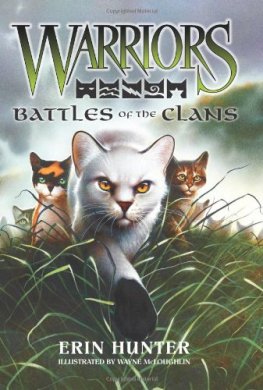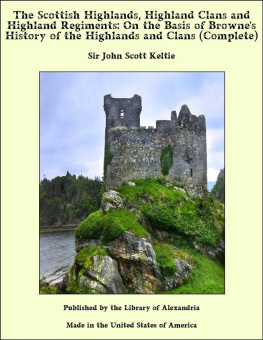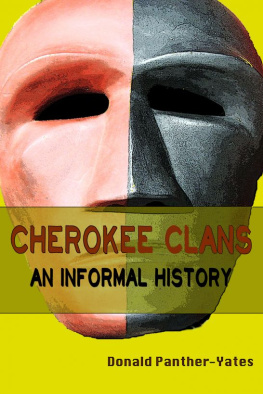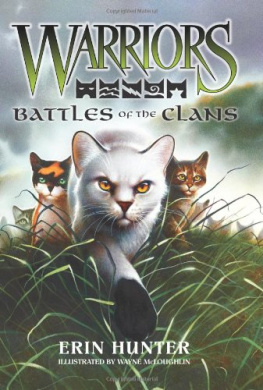INTRODUCTION
THIS monograph was originally intended to deal only with the inhabitants of the Lushai Hills, but on my transfer to Manipur, I found so many clans living in the hill tracts of that curious little state that I suggested that the scope of the monograph might be enlarged to include all clans of the Kuki race as well.
This term Kuki, like Naga, Chin, Shendu, and many others, is not recognised by the people to whom we apply it, and I will not attempt to give its derivation, but it has come to have a fairly definite meaning, and we now understand by it certain closely allied clans, with well marked characteristics, belonging to the Tibeto-Burman stock. On the Chittagong border the term is loosely applied to most of the inhabitants of the interior hills beyond the Chittagong Hill tracts; in Cachar it generally means some family of the Thado or Khawtlang clan, locally distinguished as New and Old Kukis. In the Lushai Hills nowadays the term is hardly ever employed, having been superseded by Lushai. In the Chin Hills and generally on the Burma border all these clans are called Chins.
The term Lushai, as we now understand it, covers a great many clans; it is the result of incorrect transliteration of the word Lushei, which is the name of the clan, which, under various chiefs of the Thangur family, came into prominence in the eighteenth century and was responsible for the eruption into Cachar of Old Kukis at the end of that century and of the New Kukis half a century later.
The Lusheis, however, did not eject all the clans they came in contact with, many of them they absorbed, and these now form the bulk of the subjects of the Thangur chiefs. In this monograph Lushai is used in this wider sense, Lushei being used only for the clan of that name . Among the people themselves the Lusheis are sometimes spoken of as Dulian, at the derivation of which I will hazard no guess, and the general population of the hills is spoken of as Mi-zo. Among inhabitants of the Lushai Hills are found a very considerable number of immigrants, or descendants of immigrants from the Chin Hills, who are found living among the Lushais under the Thangur Chiefs or in villages under their own chiefs. I have made no attempt to deal with these, as their proper place is the Chin Hills monograph, and Messrs. Carey and Tuck have already described them very fully in their Chin Hills Gazetteer.
I am conscious that there are many omissions in this book; the subject is a very wide one and the difficulty of getting at the facts from so many different clans, each speaking a different dialect and scattered over an area of about 25,000 square miles is extremely great. I trust therefore that my readers will excuse all shortcomings.
I have purposely avoided enunciating any theories and making deductions, considering it wiser to limit myself to as accurate a description as possible of the people, their habits, customs and beliefs. Regarding the affinities between the clans dealt with in this monograph and those described in the other books of the series, I venture to express a hope that the subject may be dealt with by some competent authority when the whole series has been published; until this is done no finality will be reached. It would be easy to fill several pages with points of resemblance between the different clans. Major Playfair, in his account of the Garos, has pointed out many ways in which the subjects of his monograph resemble the inhabitants of the Naga Hills, but reading his book I find many more in which they are like the clans I am dealing with. Sir Charles Lyall has drawn attention to the evident connection between the Mikirs and the Kuki-Chin group; I venture to think that a study of the following pages will confirm his theory. I may mention here that the main incidents of the Tale of a Frog given by Sir Charles are found not only in the folk-lore of the Aimol, as he has pointed out, but also among the Lushais, a very similar story having been recorded by Colonel Lewin in Demagri, 250 miles in an air line from the Mikir hills, and published in his Progressive Colloquial exercises in the Lushai dialect in 1874.
My best thanks are due to Lt.-Colonel Cole, Major Playfair, and Mr. Little, P.W.D., for many of the photographs, and especially to my wife, my companion for many years in these hills, for the four coloured illustrations.
I am also indebted to Rev. W. K. Firminger for correcting the second proofs and making the index. I must also acknowledge the assistance I received from many Lushais and others, notably Hrngzora Chuprasie of Aigal and Pthong, interpreter of Manipur.
J. SHAKESPEAR.
Imphal, Manipur State.
September 12th, 1910.
Photo by Lt.-Colonel H. G. M. Cole, I. A.
A REST BY THE WAYON THE WAY TO THE JHUMS. LUSHAIS AND POIS.
LUSHAIS THRESHING RICE
BIBLIOGRAPHY
McCULLOCH, MAJOR W.Account of the Valley of Manipore and the Hill tribes; with a comparative vocabulary of the Manipore and other languages. Calcutta, 1859. Selections from the Records of the Government of India (For. Dept.) XXVII.
This is a most valuable book, full of useful information as regards all the Hill tribes of Manipur. I have made use of it freely in ., but space did not allow of my extracting all that I should have liked to reproduce. It would be well worth while to reprint this book, with notes bringing it up to date.
STEWART, LIEUTENANT R.Notes on Northern Cachar. Journal of the Asiatic Society of Bengal, Vol. XXIV, 1855.
Another most valuable book, as regard Thados and Old Kukis, which would well repay reprinting. Both these books contain comparative vocabularies.
LEWIN, CAPTAIN THOMAS HERBERT.Progressive Colloquial Exercises in the Lushai Dialect of the Dzo or Kuki Language, with vocabularies and popular tales. (Notated.) Calcutta, 1874.
One of these tales is reproduced in . The tales are well translated, but the Lushai is transliterated in a manner now out of date. The notes are as excellent as one would expect from a writer who certainly knew more of the Lushai than anyone else at that time, and who was more admired by them than any other white man has ever been.
BY THE SAME AUTHOR.The Hill Tracts of Chittagong and the Dwellers therein. Calcutta, 1869.















